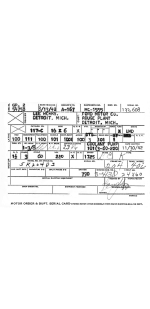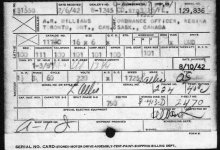Hello,
Ive got that underneath drive from the war (according what another gentleman of this forum said). It doesn't feature any bearing: the shaft was rolling straight on the cast iron, and it show on both the shaft and the drive itself.
I'm planning on getting it rebored, but I want to know the following:
1-Doest this have any value from an historical perspective? I don't want to destroy some part of history, but it's still a mass produce lathe.
2-Should I bore it to a slightly bigger diameter and continue running the shaft on the cast iron, or should I get it bored to a size allowing me to press sleeve in it?
I'm joining a close pic from the drive, in case I'm blind and it's just a very well hidden sleeve.
Ive got that underneath drive from the war (according what another gentleman of this forum said). It doesn't feature any bearing: the shaft was rolling straight on the cast iron, and it show on both the shaft and the drive itself.
I'm planning on getting it rebored, but I want to know the following:
1-Doest this have any value from an historical perspective? I don't want to destroy some part of history, but it's still a mass produce lathe.
2-Should I bore it to a slightly bigger diameter and continue running the shaft on the cast iron, or should I get it bored to a size allowing me to press sleeve in it?
I'm joining a close pic from the drive, in case I'm blind and it's just a very well hidden sleeve.




